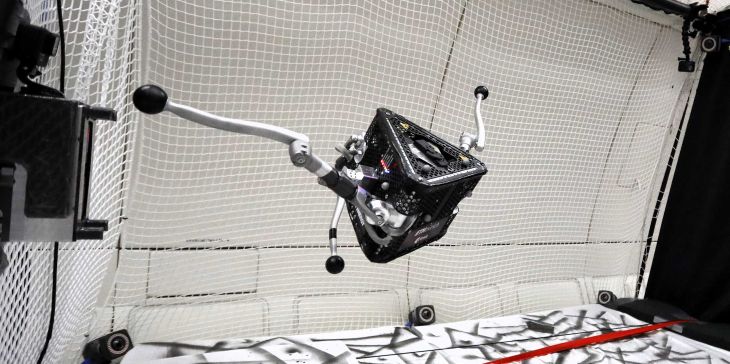One day the SpaceHopper will be deployed on space missions to explore relatively small celestial bodies such as asteroids and moons. These are thought to contain valuable mineral resources that could be of use to humankind in the future. The exploration of these bodies could also give us insights into our universe’s formation.
The project was launched two and a half years ago as an ETH focus project for Bachelor’s degree students. It is now being continued as a regular research project by five Master’s degree students and one doctoral student. One particular challenge of developing exploration robots such as these is the very low gravity prevailing on small celestial bodies –in contrast to larger bodies such as Earth. For this reason, the researchers have tested their robot in zero gravity scenarios on a European Space Agency parabolic flight.














